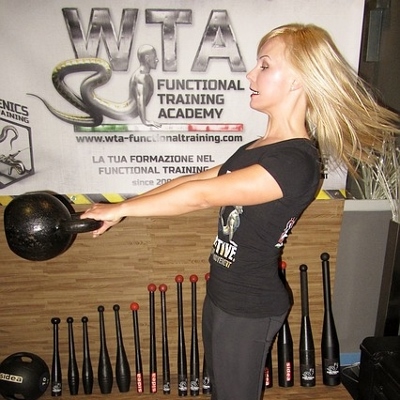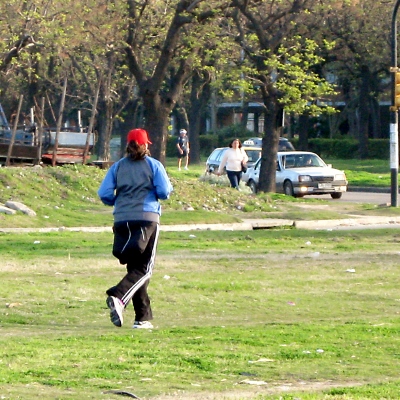“Nordic walking”.
…Anyone?…Anybody know this one?
Although I’m sure there is an audience rolling their eyes at me for talking about such an obvious pastime, there’s another audience among us still reading this to learn what it is.
Skiing without skis or slopes is basically what we’re dealing with here. Not only do you not need slopes, but Nordic walking can be done anywhere and in any climate. A ski pole-sporting walker may be hard to come by where you live, but if you ask a northern European, he or she will tell you all about it.
Years ago, Nordic skiers needed ways of exercising off-season. It was called “ski walkingâ€, “hill boundingâ€, or “ski striding†and it helped them year-round to maintain the right workout schedule. During the summer, ski coaches began to notice athletes using ski poles while walking in places where walking empty-handed would have been fine. Then the coaches began to draw conclusions between world class cross country skiers and those that chose to walk with poles every day.
Well, in 1988, the first brand of “Nordic walking†poles began being manufactured. The only difference between these and their downhill counterparts were the rubber tips at the end to help with friction while working out. Nordic walking began being embraced by the masses of northern Europe. Eventually it spread to other parts of the continent.
Today, this type of workout is reaching the U.S. shores, and at a great time. While your average walker is only using 70% of his or her muscle mass, your ski-pole walker is using 90%. This comes from the fact that it utilizes most of one’s upper body muscles due to resistance with each stride.
Not to mention that these Nordic walkers are saving impact stress on their hip, ankle, and knee joints.





